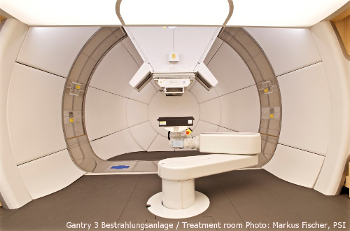Specialists in Sarcomas of the Skull Base
15 Specialists found
Radiological Alliance – Interdisciplinary Center for Radiosurgery
Radiation Therapy / Gamma Knife
Hamburg
Information About the Field of Sarcomas of the Skull Base
What Are Sarcomas of the Skull Base?
Sarcomas are rare malignant tumors that arise from mesenchymal tissue. These tumors can arise from connective tissue, muscle, fatty tissue, bone, and cartilage. Sarcomas are rare and account for less than 1% of new cancer cases per year in Germany. Sarcomas of the skull base arise from bone tissue. The challenge in treating these sarcomas is their anatomical proximity to critical structures such as the brainstem, optic nerves, and temporal lobe.
What Are the Different Types?
Seventy-nine types of soft tissue sarcomas are distinguished, of which 61 are considered malignant. Three different types of sarcomas can arise from bone tissue: chondrosarcomas, Ewing sarcomas, and osteosarcomas. Sarcomas of the skull base are usually osteosarcomas or Ewing sarcomas.
Diagnosis and Treatment
If a sarcoma is suspected, extensive examinations by various specialists are necessary. First, it must be diagnosed whether it is a sarcoma, and second, the size and spread must be determined. Imaging techniques are best suited for this purpose. Magnetic resonance imaging can provide the best information. The spread, location, and differentiation to neighboring structures can be visualized.
A tissue sample, known as a biopsy, must be taken from the tumor. Pathology physicians examine this sample under a microscope, and various procedures determine its origin. In this way, the diagnosis of sarcoma can be confirmed. Once the diagnosis is established, the body must be systematically searched for possible metastases with imaging techniques. For example, computed tomography is well suited for examining the lungs, while magnetic resonance imaging provides better insight into the abdominal cavity. Finally, the skeleton is examined using whole-body skeletal scintigraphy. Depending on the findings, further examinations may be arranged.
Patients are assigned to different risk groups based on their prognostic factors. The individual treatment plan is based on this allocation. The decision on the treatment plan is discussed in an interdisciplinary sarcoma board in a tumor center. The treatment of choice is the complete surgical removal of the sarcoma with chemotherapy, which is carried out before or after surgery. In addition, for some types of sarcoma, radiation using proton therapy, gamma knife, or cyberknife may contribute to treatment success.
Cure and Prognosis
The prognosis depends on many variables. The tumor size and stage at the start of therapy, the patient's age and physical condition, and the outcome of surgical removal all play a role. If the sarcoma can be entirely removed by surgery, the chances of recovery are good. Depending on the type of bone sarcoma, the 5-year survival rate is 50-75%.
Sources:
- Herold et al.: Innere Medizin. Eigenverlag 2012, ISBN: 978-3-981-46602-7.
- Böcker et al.: Pathologie. 3. Auflage Urban & Fischer 2004, ISBN: 3-437-44470-0.
- Hiddemann et al.: Die Onkologie: Teil 1: Epidemiologie - Pathogenese - Grundprinzipien der Therapie. Springer 2013, ISBN: 978-3-662-06671-3.
- Gospodarowicz et al.: TNM Classification of Malignant Tumours. 8. Auflage Wiley-Blackwell 2016, ISBN: 978-1-119-26357-9.
- Hahn: Checkliste Innere Medizin. 6. Auflage Thieme 2010, ISBN: 978-3-131-07246-7.
- Flasnoecker (Hrsg.): TIM, Thieme's Innere Medizin. 1. Auflage Thieme 1999, ISBN: 978-3-131-12361-9.
Medical Articles
Your benefits
If you have found a matching specialist, you can contact him/her directly and upload records if needed. And in case you need treatment, you can…
We will direct your request to the appropriate specialists
We are happy to assist you in choosing a specialist for your needs. The service of PRIMO MEDICO is always free, confidential and discreet for…
The treatment of scoliosis in transition - When is surgery necessary?
Scoliosis is a lateral deviation of the spine. This usually involves torsion of the individual trunk sections as well as a change in the side…
Specialists' Second Opition
Many people suffer from shoulder pain or hip problems. In this case, doctors quickly recommend surgical intervention. But is this really always…
High-tech against cancer: new treatment facility put into operation
At the Paul Scherrer Institute in Switzerland a new state-of-the art treatment facility, the so-called Gantry 3, has been put into operation.
Implants: "The Longer, the Better" Has Had Its Days
Ultra-short implants have a significantly better durability than expected by experts - with lower costs, treatment times, and complications.
Modern Prostheses for Natural Walking
The ankle joint is particularly susceptible to degeneration such as osteoarthritis. It has to bear the greatest weight of all joints in the body.


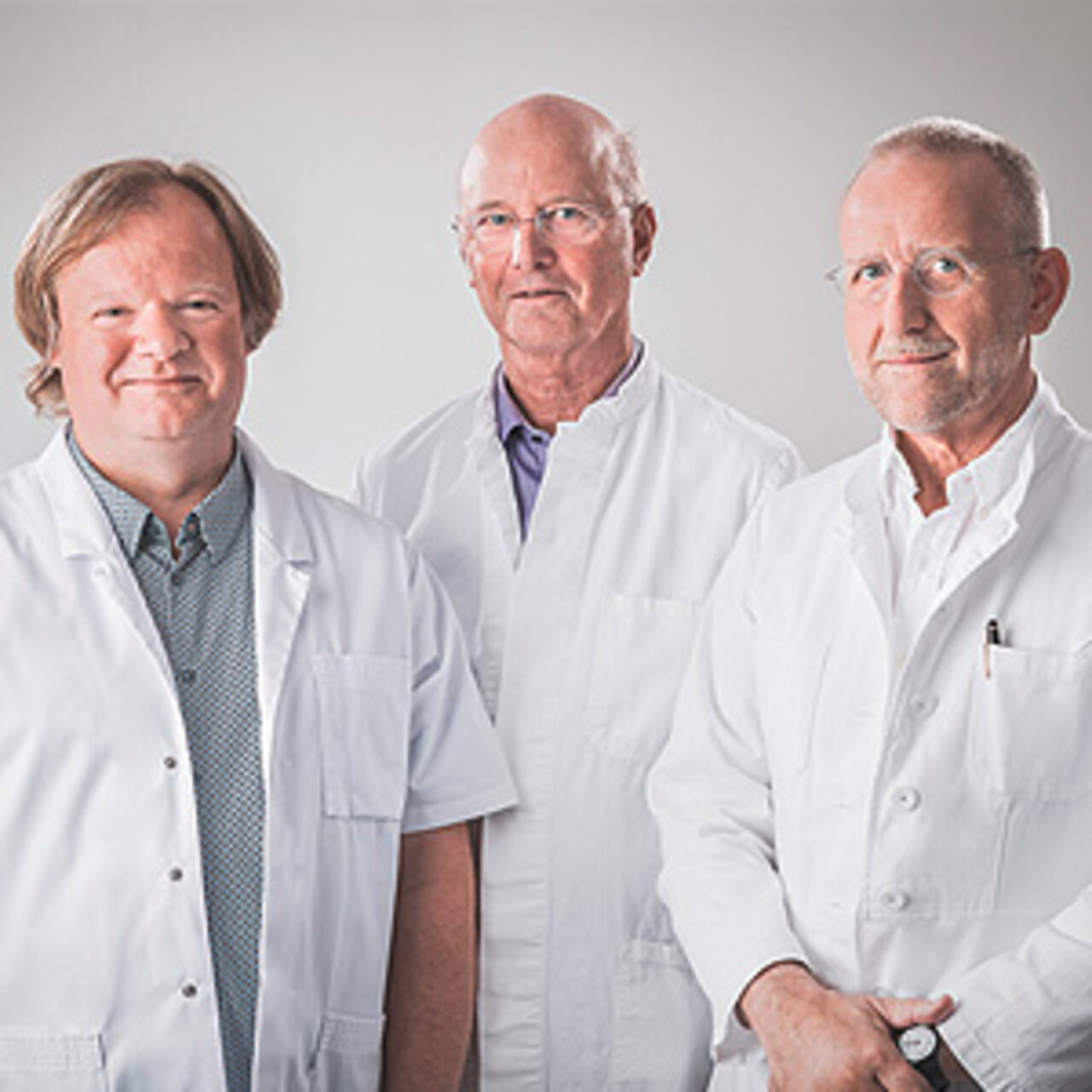
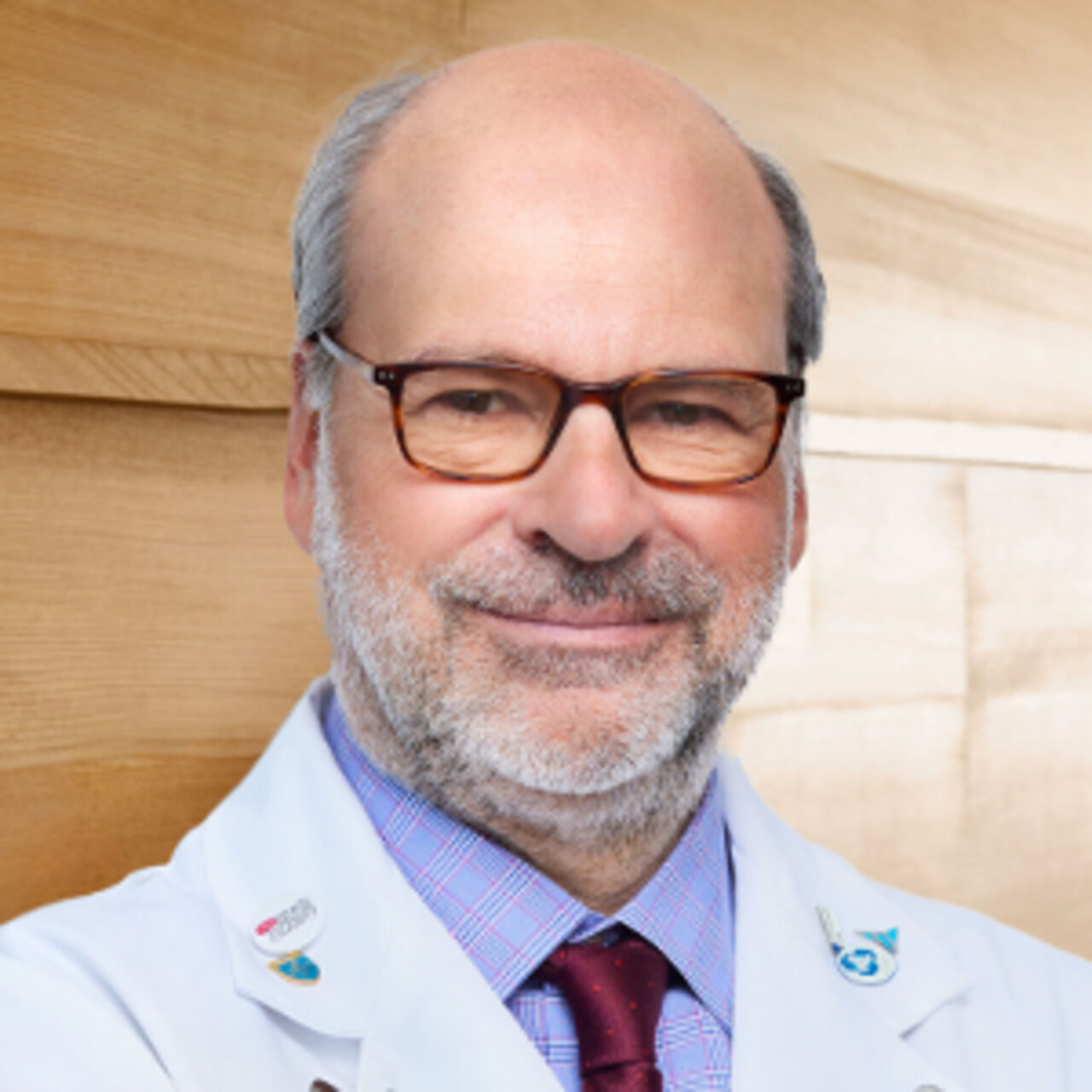

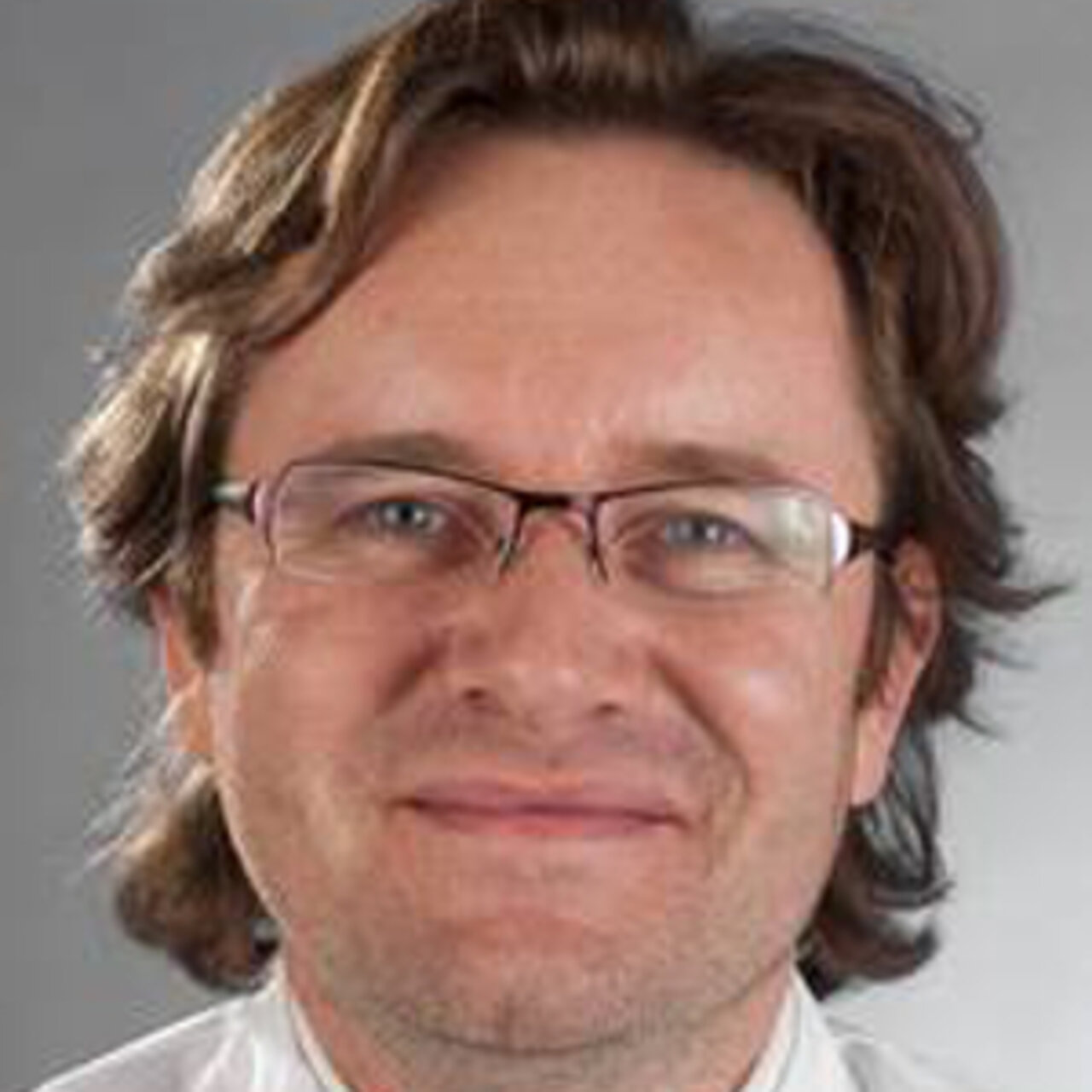

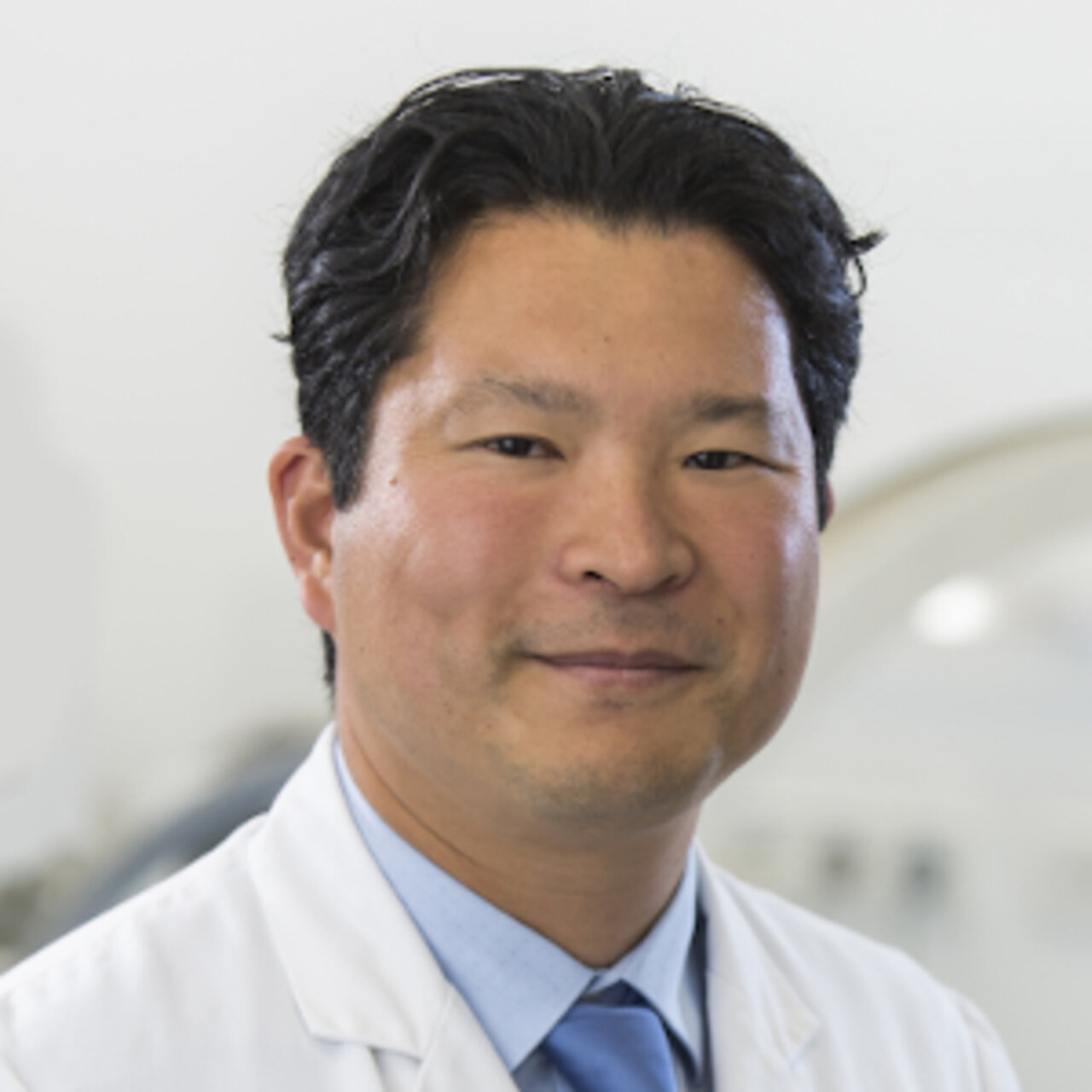
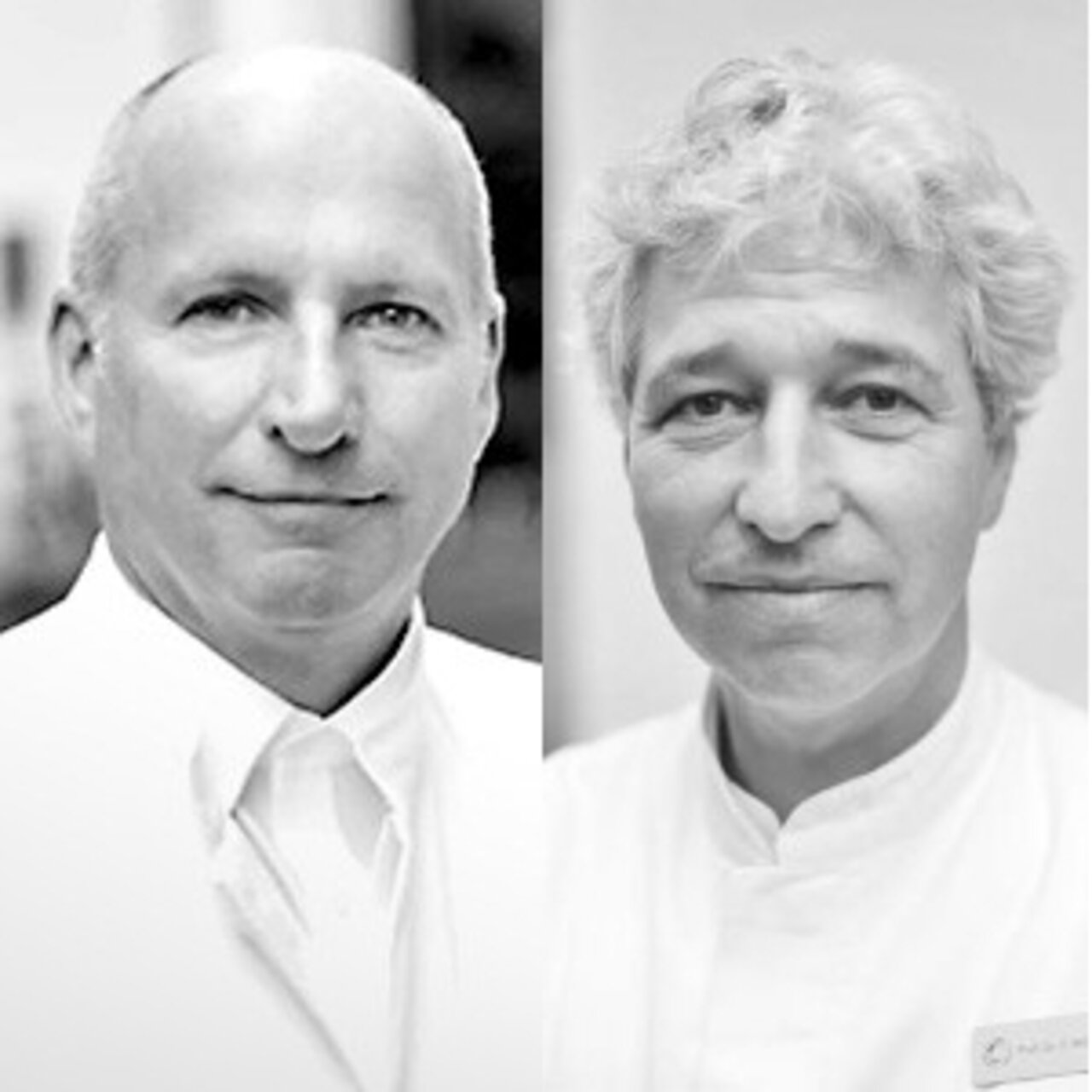



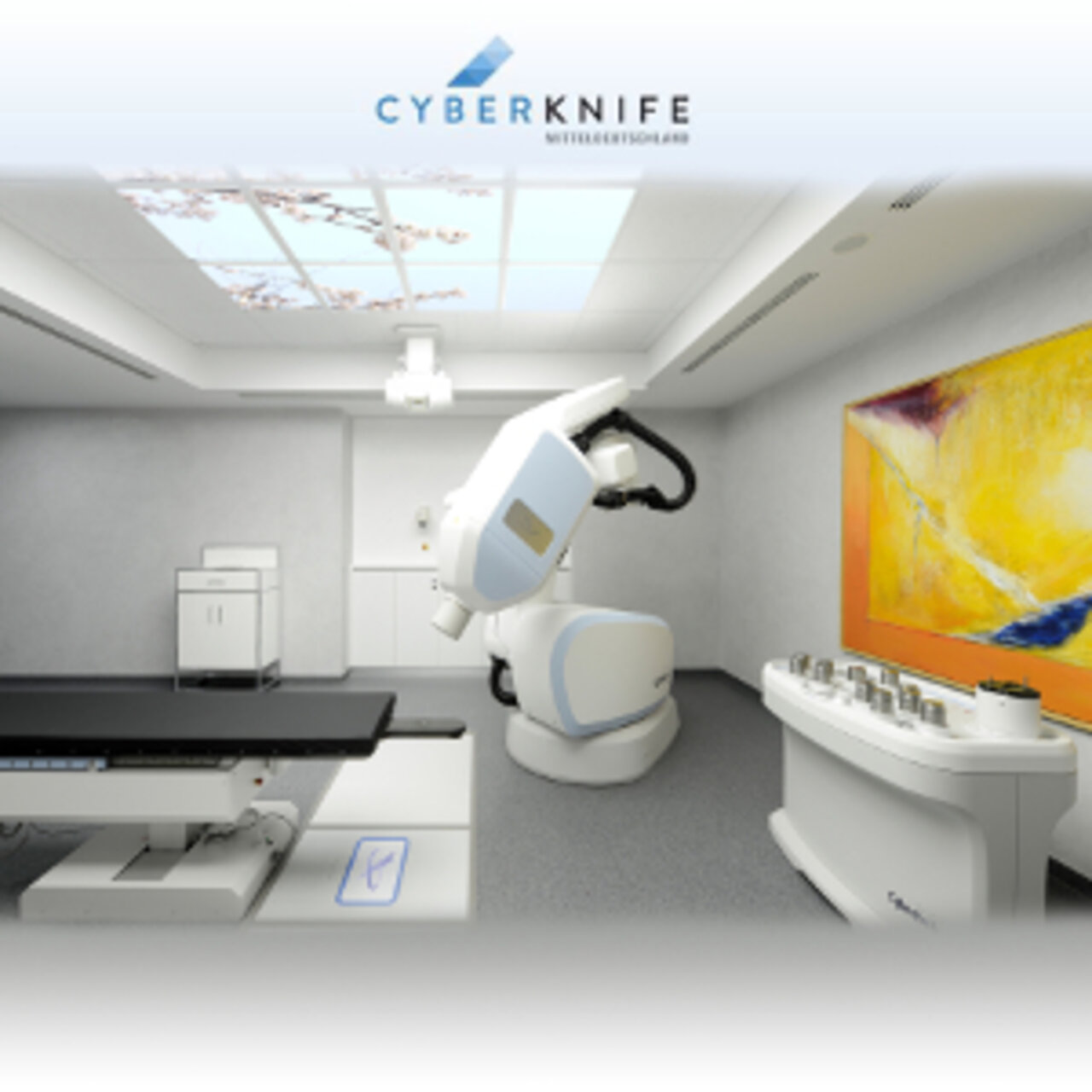





![[Translate to English:] Zweitmeinung von Spezialisten [Translate to English:] Zweitmeinung von Spezialisten](/fileadmin/user_upload/Zweitmeinung-von-Spezialisten_350px.jpeg)
